
Bajaj has introduced a new variant of the Pulsar 150, christened as the Pulsar 150 Twin Disc. The motorcycle features a slew of cosmetic and technological upgrades, making it a good choice for someone looking for a sporty commuter bike. However, it has to go up against TVS’ equivalent, the recently launched Apache RTR 160 Race Edition. We take a look at how these bikes stack up against each other on paper -
Design and features
There is a reason why neither of these bikes has undergone a major design overhaul for over half a decade. Both the Pulsar 150 and the Apache RTR 160 have created a niche in the market and their styling has hit the right cord with the audience. So radically changing the styling might have nasty repercussions (remember what happened to the Karizma?). Nevertheless, both Bajaj and TVS have been introducing new paint scheme and revised decals to keep the design fresh.
The main upgrade in the Pulsar 150 Twin-Disc, as the name indicates, is the new rear disc brake. However, Bajaj didn’t stop there. They also gave the bike a flashy black/blue paint scheme with red stripes, rim tapes for the alloy wheels and a split design for the seat and the grab rail. All these upgrades are aimed at giving the Pulsar 150 Twin Disc a sporty flavour.
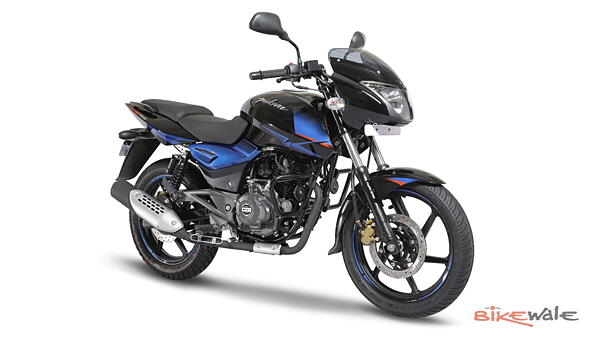
It is the same story with the Apache RTR 160 Race Edition, although the bike has to make do with just a new paint scheme. It gets a white base with racy red stripes running across the tank and the fender. It also gets a new 3D logo on the tank.
Visually, the Apache looks sportier thanks to the edgy headlamp design with LED pilot lamps, sculpted fuel tank, sharp tank extensions, carbon fibre pattern graphics and the engine cowls. The Pulsar on the other hand, looks slightly conservative, which has worked in its favour by widening its appeal. The instrument cluster in both the bikes consists of an analogue tachometer paired with a digital display. Both the bikes are available in single paint schemes.
Engine
The Bajaj Pulsar 150 Twin Disc is powered by a 149cc single-cylinder DTS-i engine, delivering 13.8bhp and 13.4Nm of torque. The Apache RTR 160 Race Edition benefits from a bigger 159cc single-cylinder engine, and a higher power output. The engine delivers 14.9bhp and 13Nm of torque. Both the bikes get five-speed transmissions.
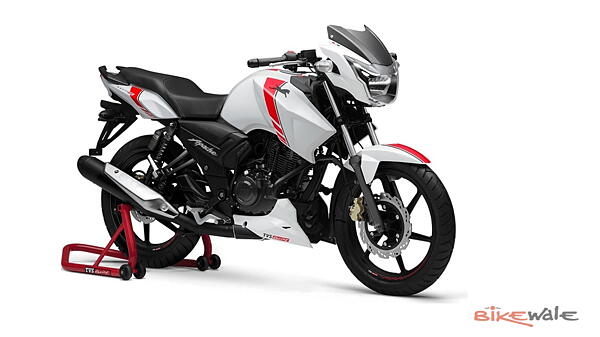
Cycle parts
Both the Pulsar and the Apache ride on telescopic front forks and dual spring rear suspension. The latter is offered with preload adjustability. The front disc brake on the Pulsar is a 260mm unit, while the Apache gets a slightly bigger 270mm petal-type disc. The Pulsar gets an edge with regards to the rear disc, with its 230mm unit as opposed to the Apache’s 200mm unit. Neither of the bikes gets ABS even as an optional extra. The Apache gets a 12-litre fuel tank and tips the scales at 137 kilograms. The Pulsar gets a bigger 15-litre tank and is heavier, at 144 kilograms.
Pricing
The Pulsar 150 Twin Disc retails at Rs 78,016, which is Rs 4,390 more than the standard Pulsar 150. However it seems like a fair deal considering all the upgrades on the bike. Prices of the Apache RTR 160 Race Edition start at Rs 79,715, although this variant has to make do with a 130mm rear drum brake. The rear disc variant retails at Rs 82,044. All prices are ex-showroom.

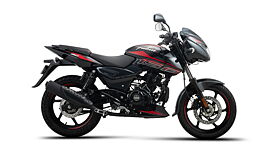
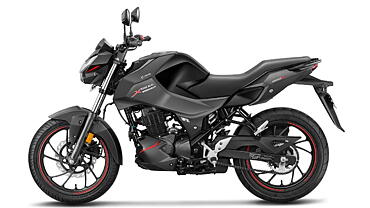

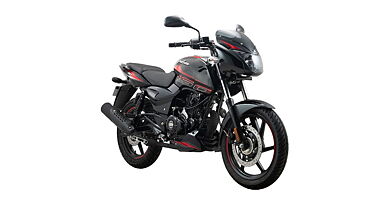
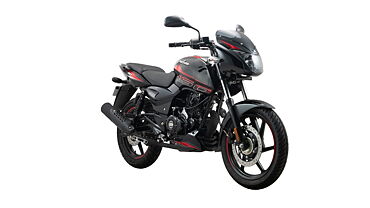
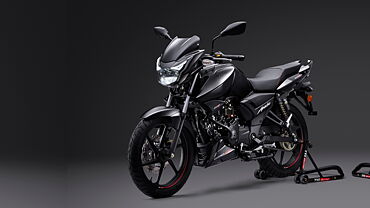

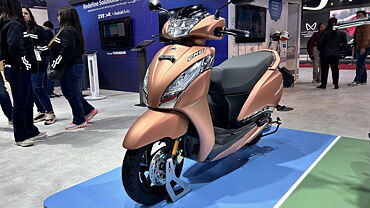
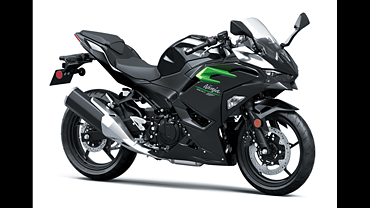
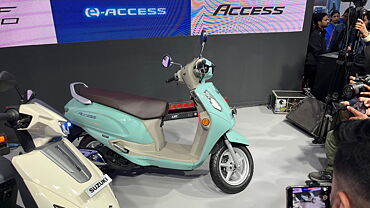
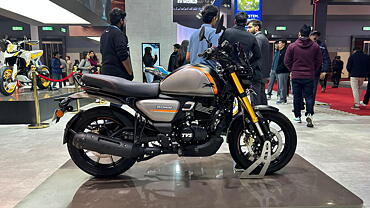



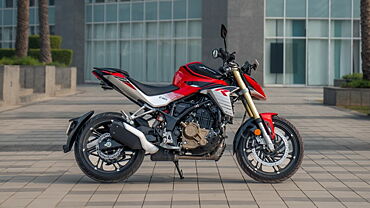

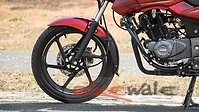



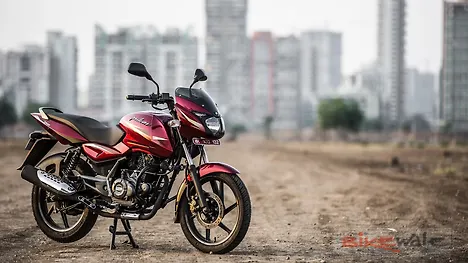
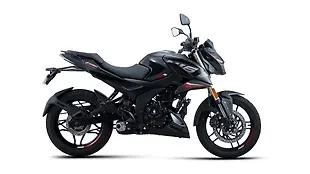
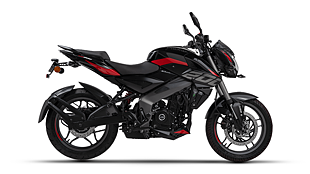
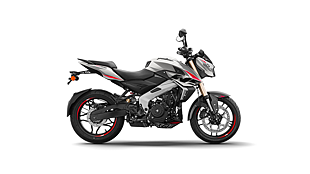





![KTM 390 Adventure X [2025] KTM 390 Adventure X [2025]](https://imgd.aeplcdn.com/272x153/n/cw/ec/190885/390-adventure-x-2025-right-side-view.jpeg?isig=0&q=80)